Subscribe to our ▶️YouTube channel🔴 for the latest videos, updates, and tips.
Home | About Us | Contact Us | Privacy | Math Blog
Proper Fraction and Improper Fraction
What is the difference between proper fraction and improper fraction?
Proper fraction:
The fractions 1/4, 3/8, 5/11, 9/13, 14/25, ………., etc., are the fractions where the numerators are smaller than the denominators.
A fraction is said to be a proper fraction when its numerator is smaller than its denominator.
For example:
1/2, 4/7, 5/9, 7/12, ………., 15/23, 17/25, etc., are called proper fractions.
Improper fraction:
The fractions 11/5, 23/9, 18/5, 3/2, 9/8, ………., etc., are the fractions where the denominators are smaller than the numerators.
A fraction is said to be an improper fraction when its denominator is smaller than its numerator.
An improper fraction is the sum of one or
many whole number and one proper fraction
For example:
(i) 1 + 4/3 = 3/3 + 4/3 = (3 + 4)/3 = 7/3
(ii) 3 + 5/7 = (3 × 7)/7 + 5/7 = (21 + 5)/7 = 26/7
Similarly, 13/5, 27/9, 5/3, 17/2, 9/7, etc., are called improper fractions.
The explanations between the differences will help us to identify the proper fractions and the improper fractions.
Worksheet on Proper Fraction and Improper Fraction:
1. Which of the following are proper fractions?
(i) 43
(ii) 711
(iii) 619
(iv) 511
(v) 1511
(vi) 148
(vii) 1217
(viii) 2324
(ix) 98
(x) 62
Answer:
1. (ii), (iii), (iv), (vii), (viii) are proper fractions because numerator are less than denominators.
2. Which of the following are improper fractions?
(i) 314
(ii) 1615
(iii) 1316
(iv) 2311
(v) 2815
(vi) 1912
(vii) 1117
(viii) 1526
(ix) 514
(x) 2011
Answer:
1. (ii), (iv), (v), (vi), (x) are improper fractions because numerator are greater than denominators.
Related Concepts
● Fraction as a Part of a Whole
● Fraction as a Part of Collection
● Convert a Fraction to an Equivalent Fraction
From Proper Fraction and Improper Fraction to HOME PAGE
Didn't find what you were looking for? Or want to know more information about Math Only Math. Use this Google Search to find what you need.
Recent Articles
-
Volume of a Cuboid | Volume of Cuboid Formula | How to Find the Volume
Jul 20, 25 12:58 PM
Cuboid is a solid box whose every surface is a rectangle of same area or different areas. A cuboid will have a length, breadth and height. Hence we can conclude that volume is 3 dimensional. To measur… -
5th Grade Volume | Units of Volume | Measurement of Volume|Cubic Units
Jul 20, 25 10:22 AM
Volume is the amount of space enclosed by an object or shape, how much 3-dimensional space (length, height, and width) it occupies. A flat shape like triangle, square and rectangle occupies surface on… -
Worksheet on Area of a Square and Rectangle | Area of Squares & Rectan
Jul 19, 25 05:00 AM
We will practice the questions given in the worksheet on area of a square and rectangle. We know the amount of surface that a plane figure covers is called its area. 1. Find the area of the square len… -
Area of Rectangle Square and Triangle | Formulas| Area of Plane Shapes
Jul 18, 25 10:38 AM
Area of a closed plane figure is the amount of surface enclosed within its boundary. Look at the given figures. The shaded region of each figure denotes its area. The standard unit, generally used for… -
What is Area in Maths? | Units to find Area | Conversion Table of Area
Jul 17, 25 01:06 AM
The amount of surface that a plane figure covers is called its area. It’s unit is square centimeters or square meters etc. A rectangle, a square, a triangle and a circle are all examples of closed pla…
![To convert a percentage into a fraction, place the given number over 100 and reduce it to its lowest term. Consider the following example: (i) 20% [We know % = 1/100]](/images/convert-a-percentage-into-a-fraction.png)
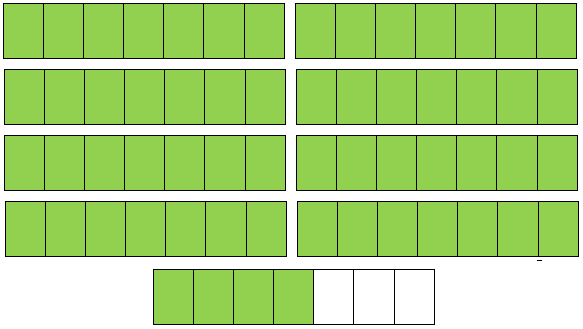

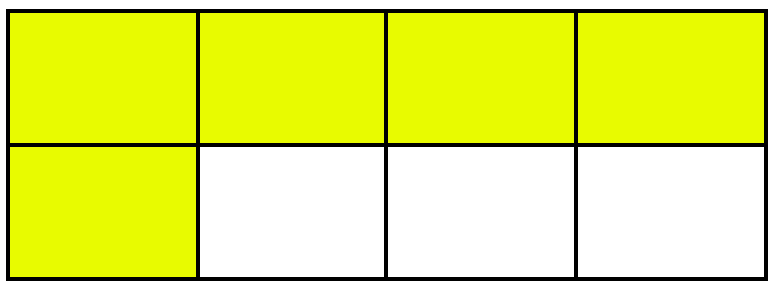


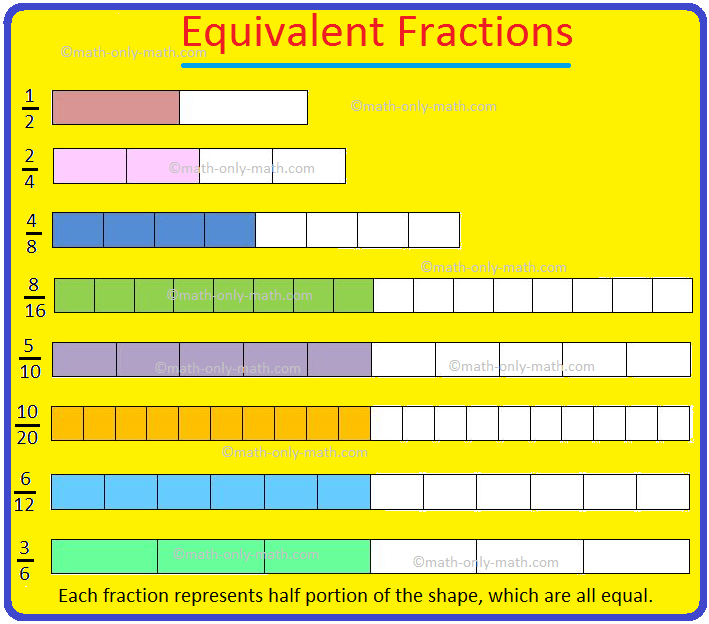
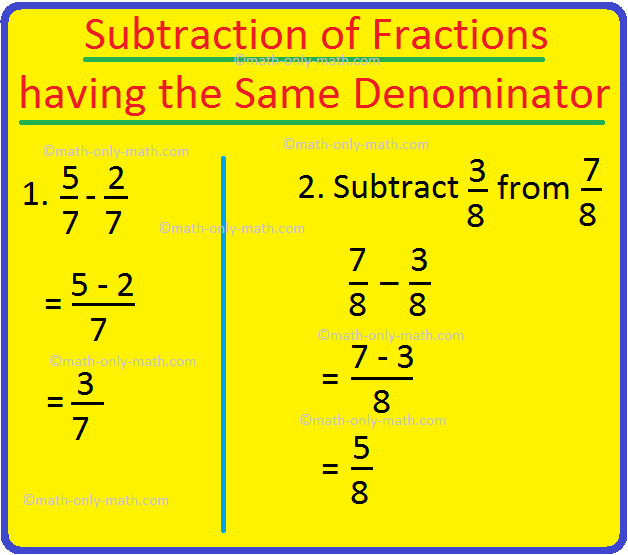
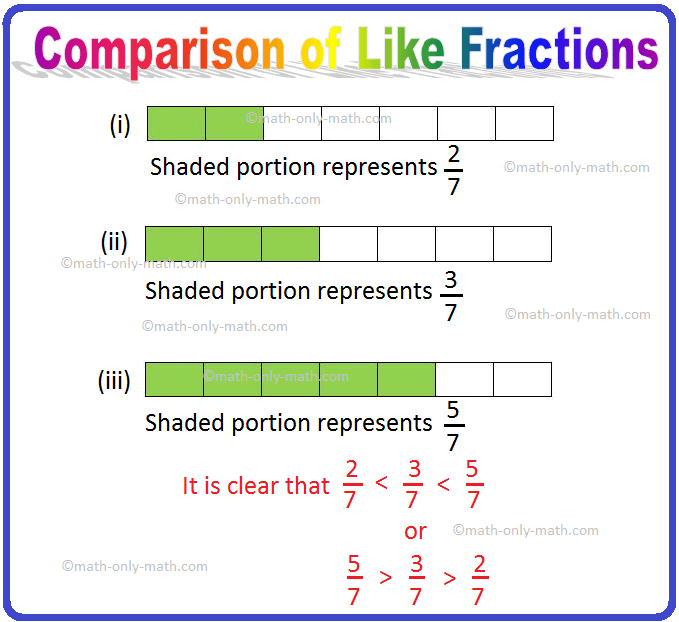

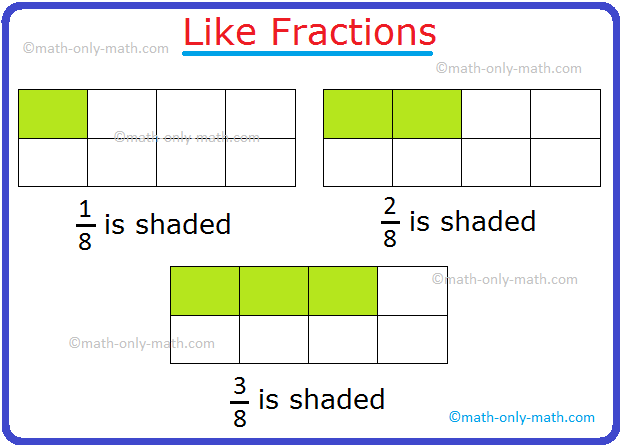
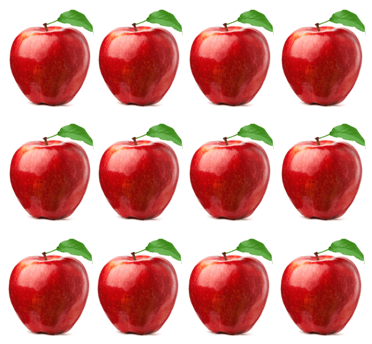



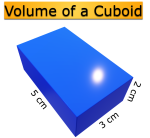
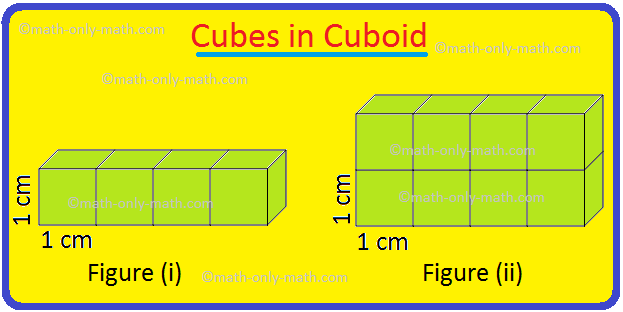

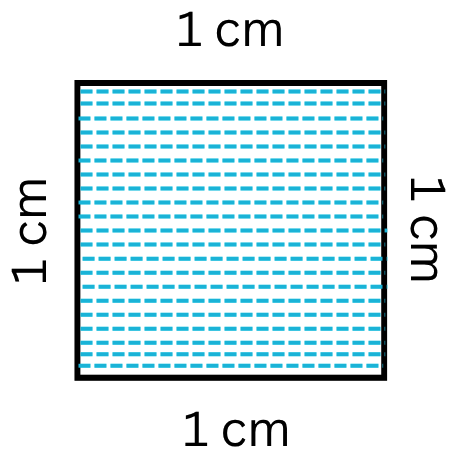
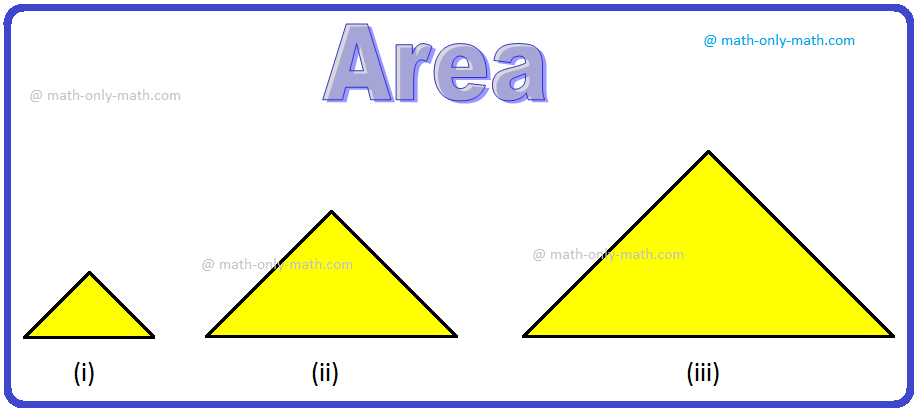
New! Comments
Have your say about what you just read! Leave me a comment in the box below. Ask a Question or Answer a Question.